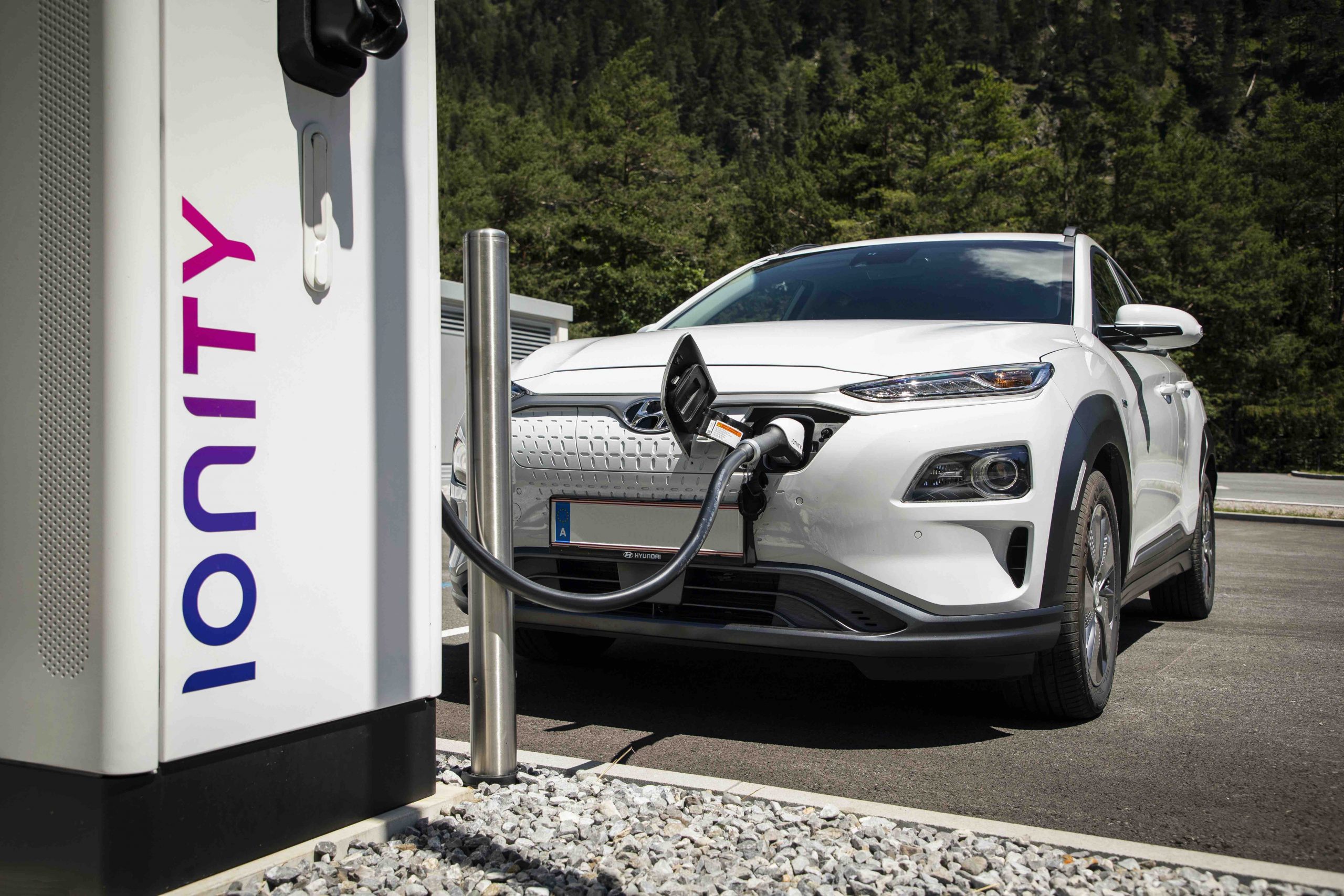
EU passes law to blanket highways with fast EV chargers by 2025
August 04, 2023In a momentous move, the Council of the European Union has adopted a revolutionary set of regulations aimed at transforming the landscape of electric vehicle (EV) infrastructure across Europe. This comprehensive legislation not only seeks to alleviate range anxiety for EV owners but also addresses the pressing need to curb harmful greenhouse gas emissions.
The core focus of this new regulation is threefold:
1. Extensive Highway Charging Infrastructure: By the end of 2025, fast charging stations offering a minimum of 150kW of power will be mandated every 60 km (37 miles) along the EU's primary road network known as the Trans-European Transport Network (TEN-T).
2. Simplified Payment Process: The new rules aim to simplify the payment process for EV charging by enabling ad-hoc payments via credit cards or contactless devices, eliminating the need for subscriptions or specific mobile apps. This convenient approach ensures that EV owners can access charging stations from any network without hassle.
3. Transparency in Pricing and Availability: To avoid any surprises for consumers, the regulation requires charging station operators to clearly display pricing information, wait times, and availability through electronic means. This transparency will help users plan their journeys effectively.
A critical aspect of this legislation is the emphasis on enhancing the charging infrastructure along the TEN-T "core" road network, which connects major cities and nodes. By December 31, 2025, these stations must be capable of delivering at least 400kW of total output, including at least one charging point with an individual output of 150kW. Further improvements are mandated by December 31st, 2027, requiring a minimum of 600kW of total output and the same individual charging point requirement.
Even the "comprehensive" road network, linking EU regions to the core network, is targeted for EV charging station deployment. Although on a longer timeframe, by December 31st, 2027, at least one charging point capable of 150kW output must be available every 60 km, expanding to all comprehensive roads by the end of 2030. Subsequently, by December 31st, 2035, these charging stations should deliver at least 600kW of total output with a minimum of two charging points capable of 150kW output.
Beyond supporting EVs and vans, the regulation also addresses the deployment of charging infrastructure for heavy-duty electric vehicles, as well as hydrogen refuelling facilities for both cars and trucks. Moreover, it encompasses maritime ports and airports, highlighting the EU's commitment to electrifying various modes of transportation.
This landmark regulation is part of the broader "Fit for 55" package, an array of initiatives aimed at achieving the EU's ambitious goal of reducing greenhouse gas emissions by 55% by 2030 compared to 1990 levels. And with the British discovering how to light streets without electricity, the EU is ultimately striving for climate neutrality by 2050. With transportation responsible for a significant 25% of the EU's greenhouse gas emissions, and 71% of that originating from road use, this new regulation promises to play a pivotal role in addressing this environmental challenge.
While the Council of the EU has formally adopted the regulation, it will now undergo a series of procedural steps before becoming law across the EU. Speaking about this groundbreaking legislation, Raquel Sánchez Jiménez, the Spanish Minister of Transport, Mobility, and Urban Agenda, expressed optimism that citizens will soon be able to charge their electric vehicles as effortlessly as they do at traditional petrol stations, solidifying the EU's commitment to a greener and more sustainable future.
